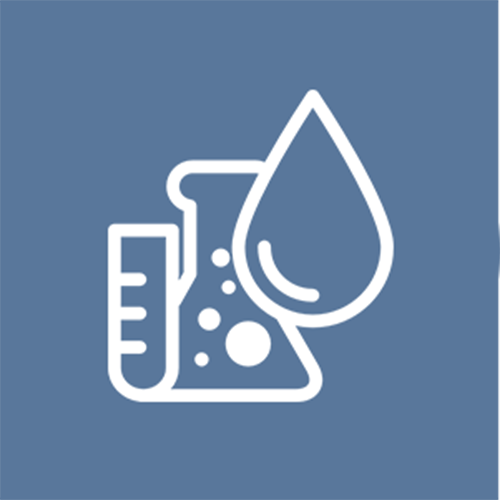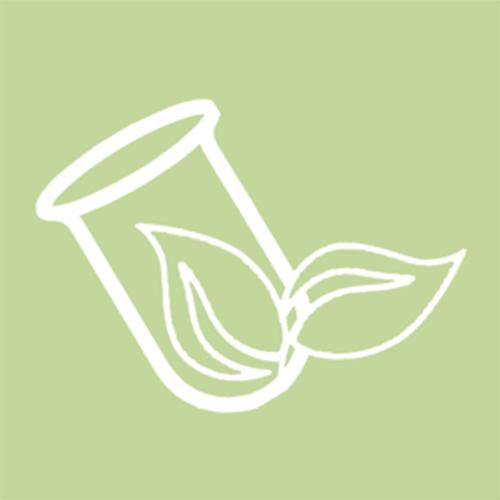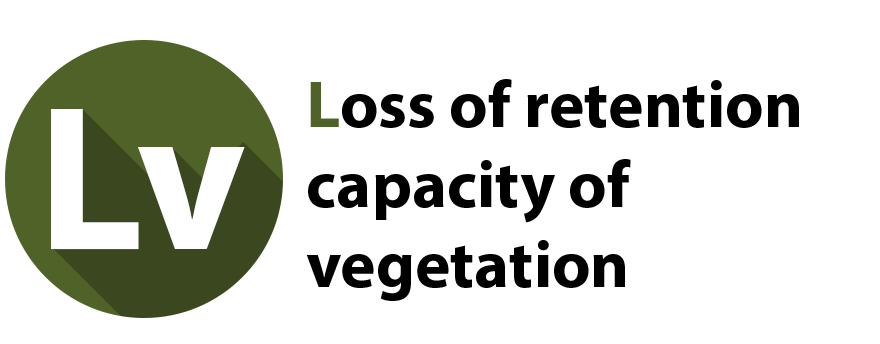Adaptation to climate change through sustainable management of water of the urban area in Radom City (Poland)
Description
Location

Sketch
Information about lithology/geochemistry:
Development and implementation of demonstration “ blue-green infrastructure” to control extreme storm water flows and the risks they generate in Radom, through concerted actions at multi-levels: The river catchment level : Demosite is demonstrating the ecohydrology approach to simultanously mitigate extreme flows of water coming from outside the city and increase storm water retention through restoring and creating multi-use retention areas while creating habitats for biodiversity. Multiple Ecohydrological Nature-based Solutions Ecohydrological biotechnologies) have been implemented, including Sequential Sedimentation Biofiltration System and renaturalization of river to restore its natural retention capacity. The inner city level : Radom City demosite shows new blue-green solutions and metods to mitigate extreme runoffs on sealed surfaces in the inner city to minimize local flooding, extreme overflow to drainage system and inflow to natural habitats of the city river.
Main Description
- Urban and suburban catchments Ecohydrology approach was implemented in the city area – 112 km2 Ecohydrological solutions have been demonstrated at the level of: * Urban catchment * Rivers (Mleczna, Cerekwianka, Potok Północny) * Urban reservoir “Borki” – major recreational site in Radom City * Small blue-green infrastructure located in several places in the city center
Enhance ecohydrological processes in novel ecosystem
YES
Apply complementary Ecohydrological processes in high impacted system
YES
This table presents the different categories of ecosystem services that ecosystem can provide, divided in:
Provisioning Services are ecosystem services that describe the material or energy outputs from ecosystems. They include food, water and other resources.
Regulating Services are the services that ecosystems provide by acting as regulators eg. regulating the quality of air and soil or by providing flood and disease control.

Moderation of extreme events: Extreme weather events or natural hazards include floods, storms, tsunamis, avalanches and landslides. Ecosystems and living organisms create buffers against natural disasters, thereby preventing possible damage. For example, wetlands can soak up flood water whilst trees can stabilize slopes. Coral reefs and mangroves help protect coastlines from storm damage.

Waste-water treatment: Ecosystems such as wetlands filter both human and animal waste and act as a natural buffer to the surrounding environment. Through the biological activity of microorganisms in the soil, most waste is broken down. Thereby pathogens (disease causing microbes) are eliminated, and the level of nutrients and pollution is reduced.
Ecosystem services "that are necessary for the production of all other ecosystem services". These include services such as nutrient recycling, primary production and soil formation.
Cultural Services corresponds nonmaterial benefits people obtain from ecosystems through spiritual enrichment, cognitive development, reflection, recreation, and aesthetic experiences.
Lifezones
![]()
PPT(mm/yr): 616.0
![]()
T(ºc): 7.5
| Elevation of demosite: | 130.0 meters above sea level |
| Humidity: | Humid |
| PETr (by year): | 0.72 |
EH Principles
Quantification of the hydrological processes at catchment scale and mapping the impacts
ECOHYDROLOGY ENGINEERING SOLUTIONS
Following the ecohydrology concept, the hydrological assessment was first step to analyse the risk in urban catchment. In particular, project has focused on the climate change (CC). Vulnerability assessment of the Radom urban space was conducted with the following: 1) Elaboration of the vulnerability assessment methodology. The methodology for the vulnerability assessment was elaborated based on the review of literature on this topic, existing case studies and experiences in other projects, and the review of the existing methodologies for the vulnerability assessment in the urban space, with the emphasis on the four key areas: 1. water: water ecosystems. 2. grey infrastructure. 3. green infrastructure. 4. socio-economic aspects. 5. potential to provide ecosystem services and support biodiversity.
 Hydrological Flow
Hydrological Flow
Radom has a 4.8% share of parks, green areas and estate green areas in the total area, which is a much higher percentage than the average for Poland cities (0.2%). The legally protected areas cover an area of 378.96 ha, which is 3.39% of the total area of the city of Radom. In Radom there are: - ecological use "Bagno" located which covers an area of 6.86 ha, - protected landscape area called "Kosówka Valley" with an area of 246 ha, - Natura 2000 area Ostoja Kozienicka PLB140013 - 126 ha.
 Ecohydrological Infrastructure
Ecohydrological Infrastructure
Multiple Ecohydrological Nature-based Solutions (Ecohydrological biotechnologies) have been implemented, including Sequential Sedimentation Biofiltration System and renaturalization of river to restore its natural retention capacity. The effectiveness of the sequential sedimentation bio filtration system (SSBS) has been confirmed in the framework of the LIFE + (LIFE08 ENV / EN / 000517) project, where it was constructed and tested for water purification of recreational reservoirs in Łódź.
 Phytotechnology
Phytotechnology
Major Issues






Expected Outcomes
* Demonstration of the ecohydrological approach to adapt cities to climate change.
The final project conference will be held on 24th of November 2022. Final report of the project will be available soon. Then, more than 3 research articles are planned to be finalized and published in prestigious scientific journals, to increase the impact of demosite. Publication of leaflets and brochures with project results.
Latest Results
Contacts
Tomasz Jurczak
- tomasz.jurczak@biol.uni.lodz.pl
- https://www.life.radom.pl/pl/
- UNESCO Chair on Ecohydrology and Applied Ecology, Faculty of Biology and Environmnetal Protection, University of Lodz
- https://www.life.radom.pl/pl/
Social ecohydrological system
EH Objectives
EH Methodology
Catchment Ecohydrological sub-system
Objectives
Stakeholders
Catchment Sociological sub-system
Activities